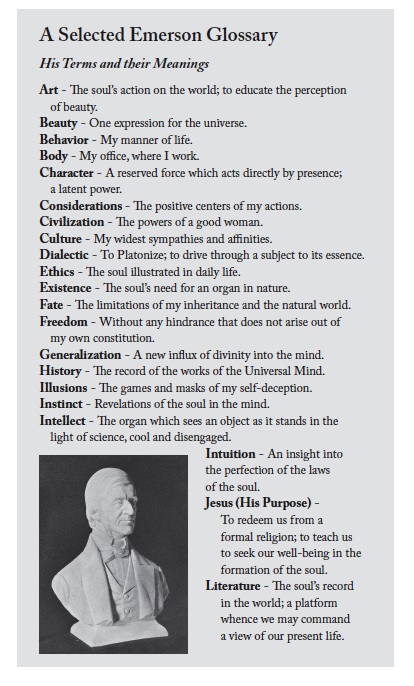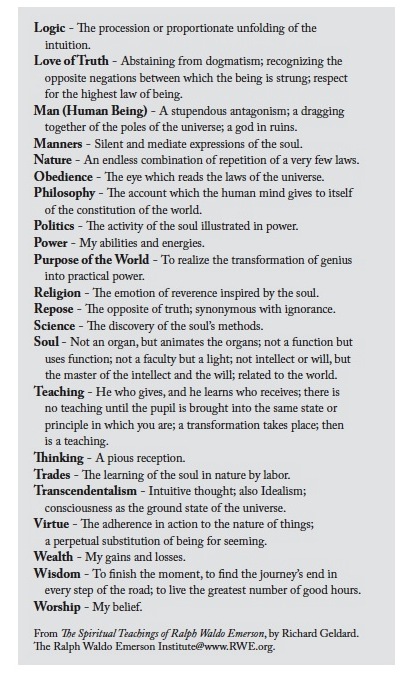 The Patriots' Hymn at Concord
The Patriots' Hymn at ConcordThe Yeoman’s Gazette (Concord, Mass.) for April 19, 1836, states: “Mr. Ralph Waldo Emerson, of our community, was called on to speak about the farmers from this neighborhood who took up arms and assembled at the old bridge, with their flag flying; that the sounds of the shot they had fired off were carried all around the world. Mr Emerson said his poem was to be known as the Concord Hymn, and that it was to be sung to celebrate the completion of the battle monument.” Printed with the poem are the words: “Sung at the completion of the Battle Monument, April 19, 1836 [Evacuation (Patriots’) Day].”
Emerson’s grandfather, Minister of the Concord Church, was present at the battle in 1775. The study in Emerson’s home, “Old Bush”, overlooked the Concord River and the battlefield. In the year following, an item in the Gazette for July 8 reports a “well sung Old Hundredth” by those at the gathering. Singing the poem is further corroborated by a private note containing the statement:
“Sung by the people on the battleground at the monument [in another event], 4th of July, 1837.”
Tune
Writing a text to a specific tune is a time-honored method of composition. That Emerson chose this psalm tune to remind us of a melody sung by “our sires, th’embattled farmers” confirms his knowledge of the music of his forebears, and his experience in singing with the congregation of the Church of his father, Rev. William Emerson, Minister of the First Church in Boston, known as “Old Brick”. The psalm tune, Old Hundredth [long meter], was composed by Louis Bourgeois for Pseaulmes cinquante de David, Geneva, 1547. It was used as a setting for the text of Psalm 100 in the Genevan Psalter of 1551, and is found in most psalm-tune and hymn books since. The Bay Psalm Book (1640) translation of Psalm 100 is also in long meter.
Presentation
This song is best sung by voices alone [a cappella] in the style that it represents best, the singing of the early Puritan ‘gatherings.’ The notation given here is in the ‘old’ style, or original form: each phrase has a long first note and three long final notes. The first note is known as the ‘gathering tone’, in which all participants ‘tune’ to the common pitch. The last three [whole] notes accentuate important words in the phrase.
One may use the traditional ‘deaconing’ or ‘lining out’ technique to lead this psalm. An individual singer — by custom a male — sets the pitch and the pace of the first verse, singing one line at a time to which the other singers respond. In subsequent verses, all sing together. If the group does not have the text in hand, the subsequent verses may be read out one line at a time, the group singing the response. The hymn is to be sung in phrases, like chanting, not with a rhythmic beat. The pace should be brisk: half note = 76.

